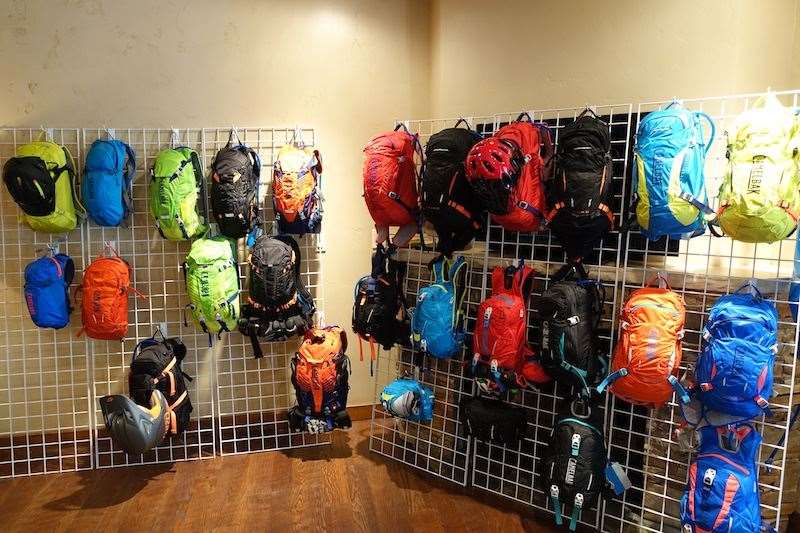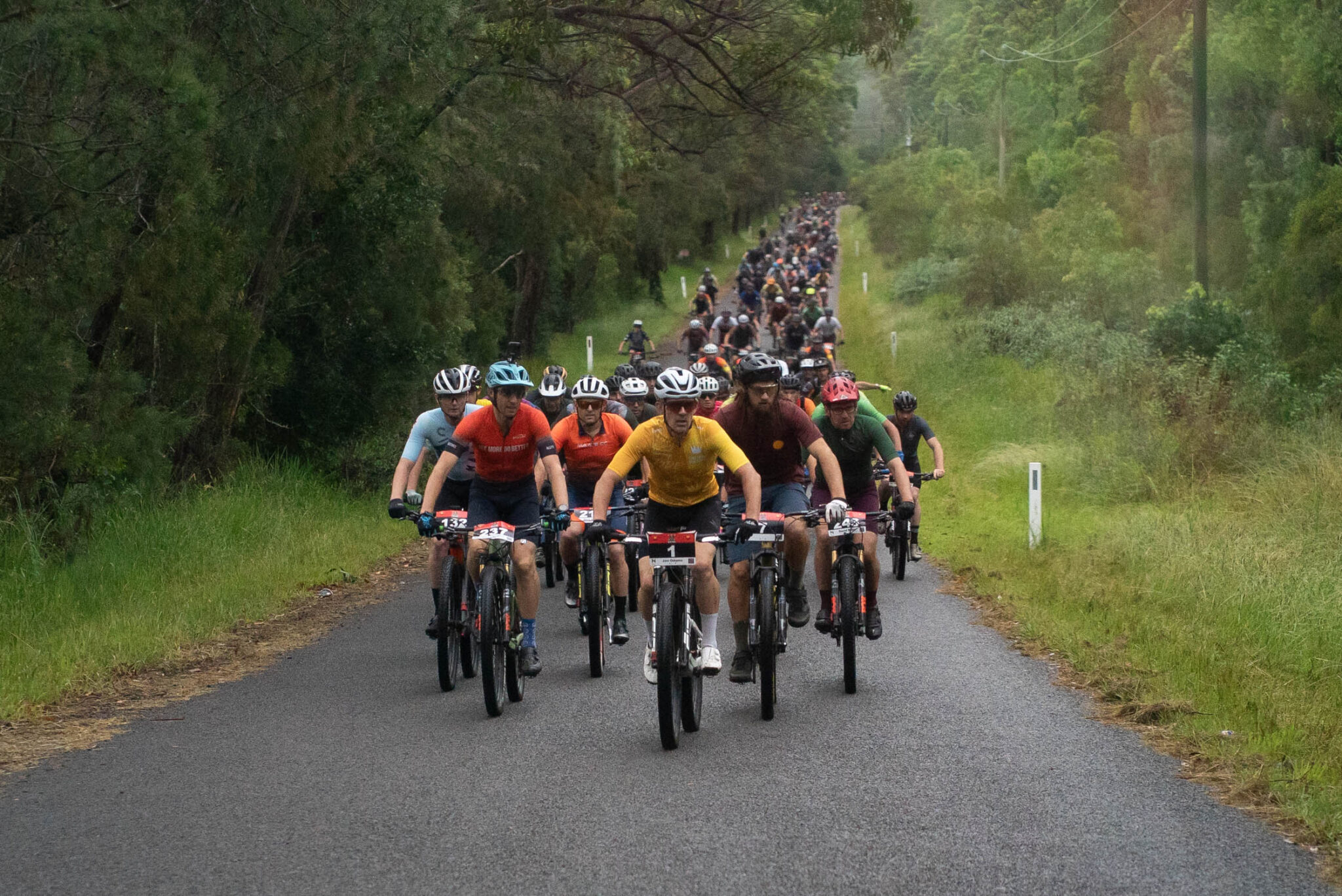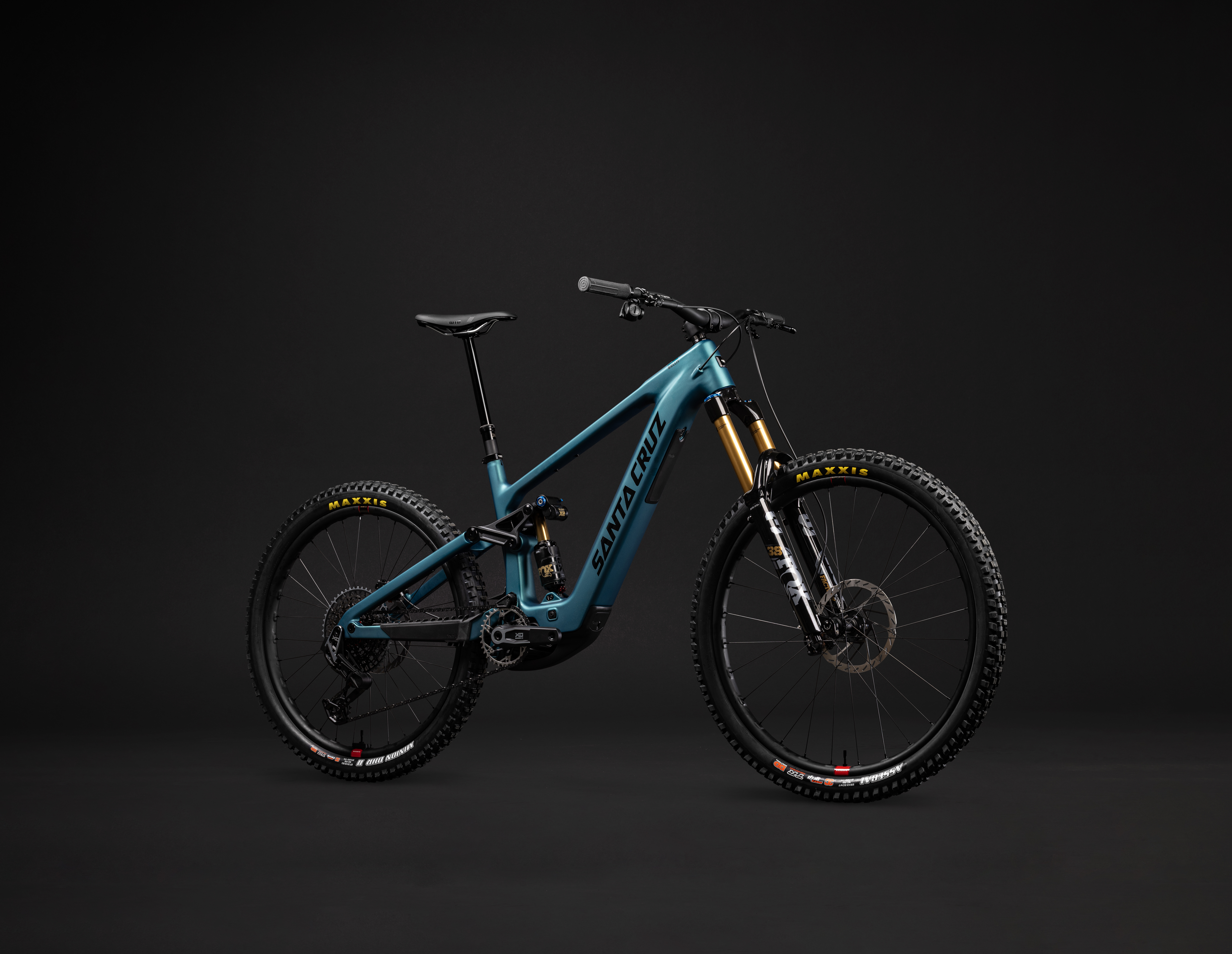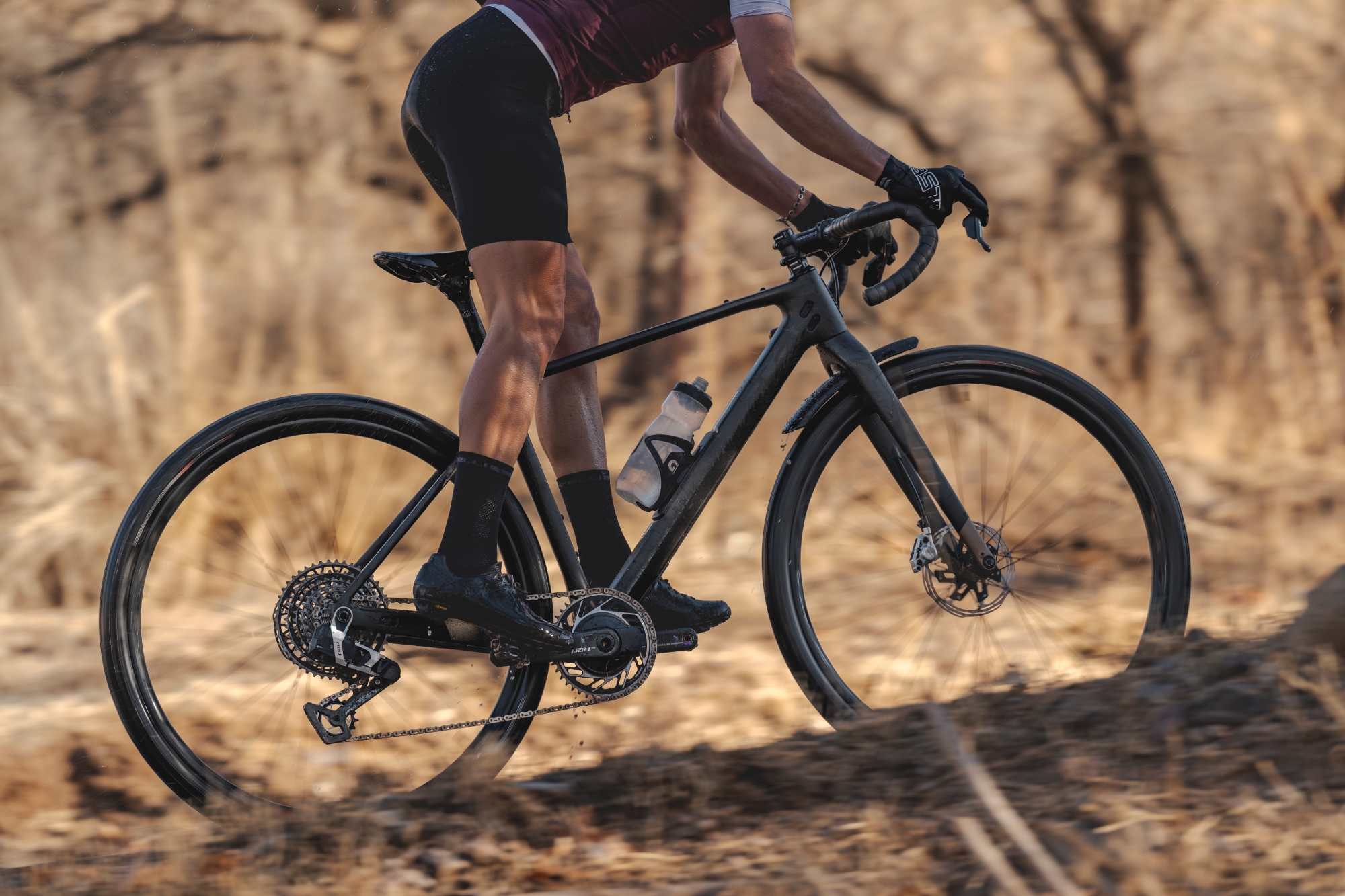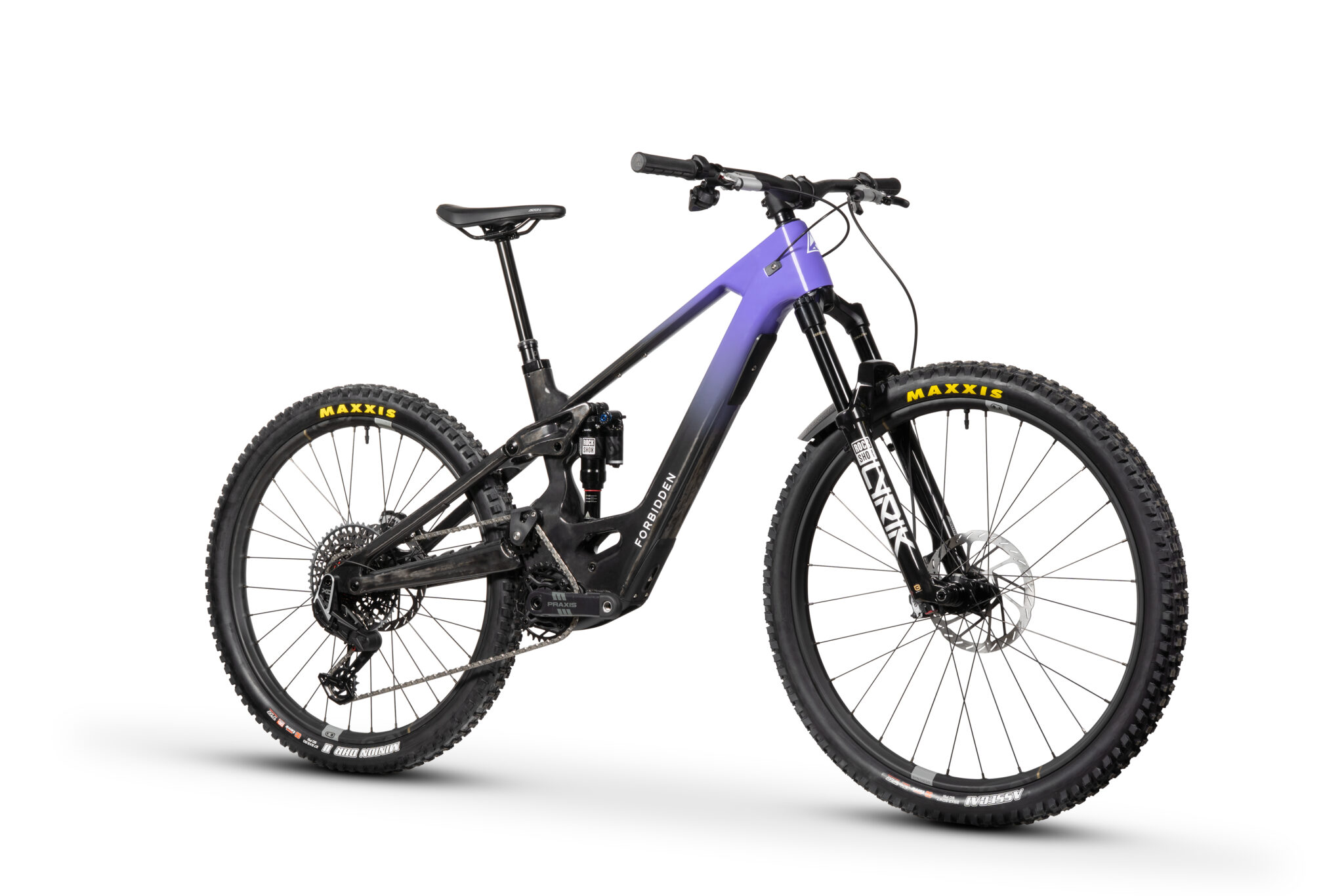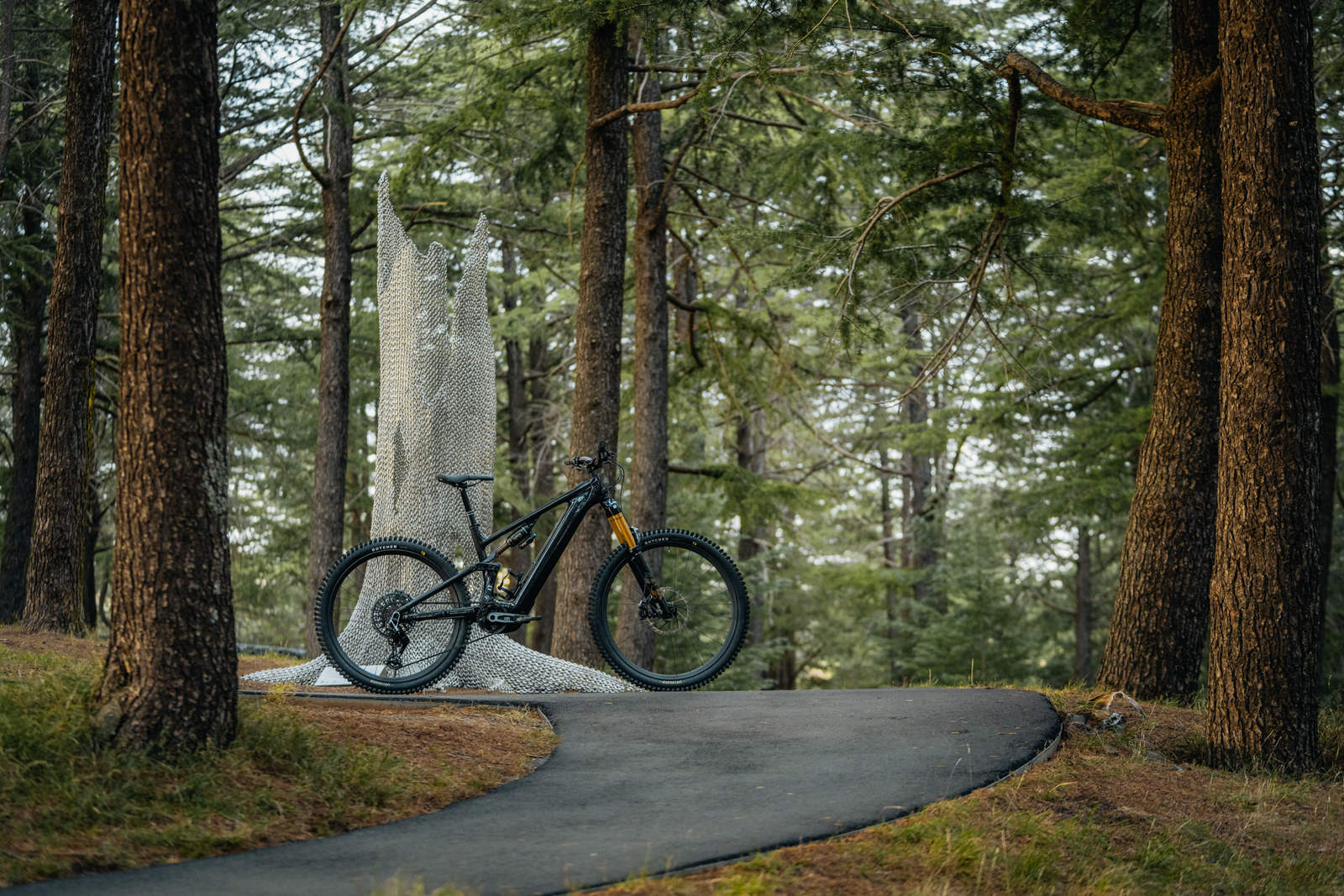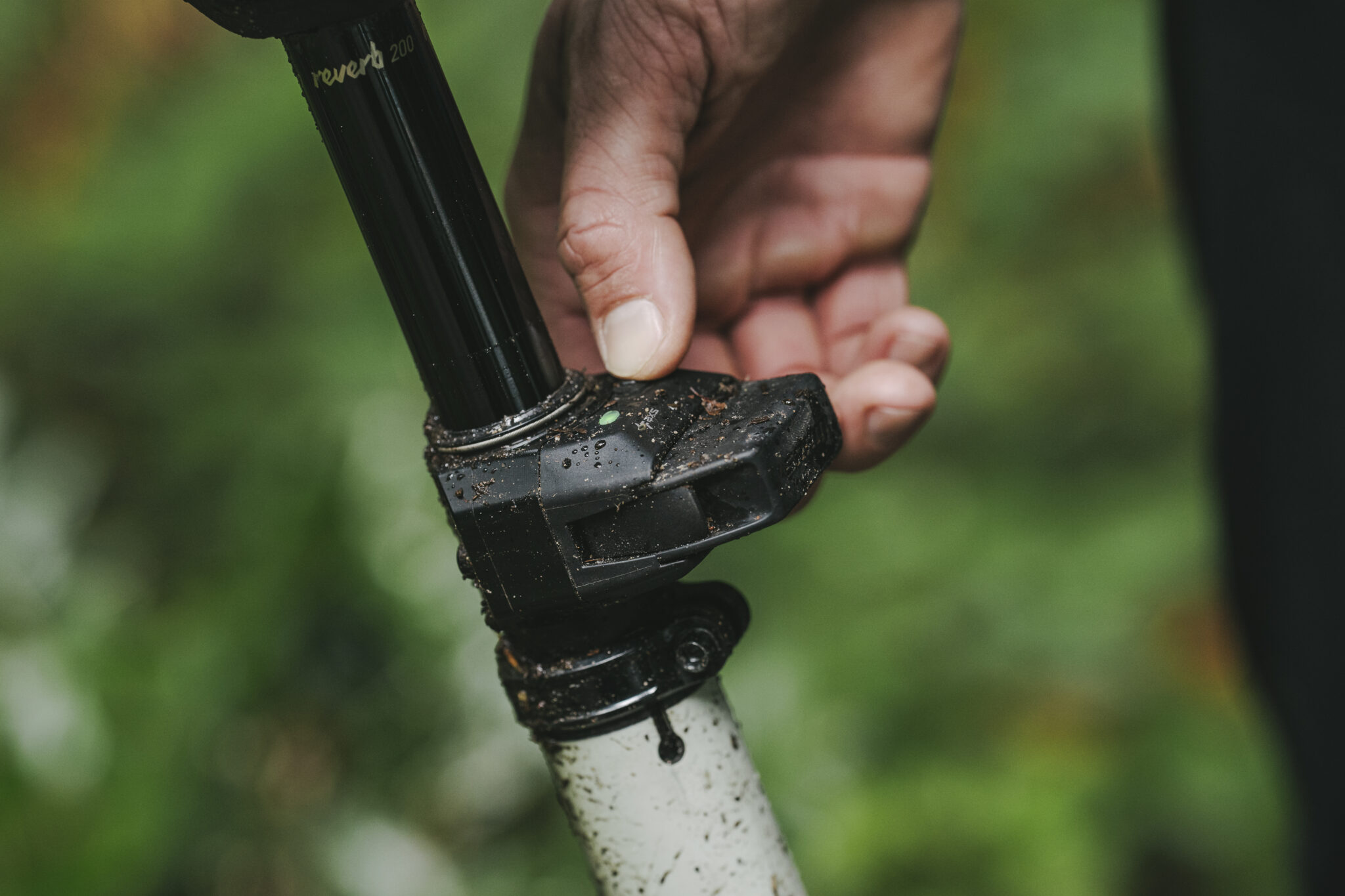PressCamp '16: Camelbak
In one of the biggest pieces of news to come out of this years PressCamp, Camelbak have just unveiled their brand hydration bladder called the 'Crux Reservoir'.
In one of the biggest pieces of news to come out of this years PressCamp, Camelbak have just unveiled their brand hydration bladder called the ‘Crux Reservoir’. Superseding the previous Antidote and Omega bladders, the new Crux brings with it several key refinements to further improve on the brands iconic bottle-free hydration system, which they originally pioneered some 30 years ago. Also big news is the introduction of the latest Mule LR pack, which sees some serious changes to Camelbaks most popular backpack. In addition to the new reservoir and the Mule LR, Camelbak also had several new pack revisions on show at PressCamp, along with a broadening range of lifestyle products. Wanna see what all the fuss is about? Read on for the full scoop!
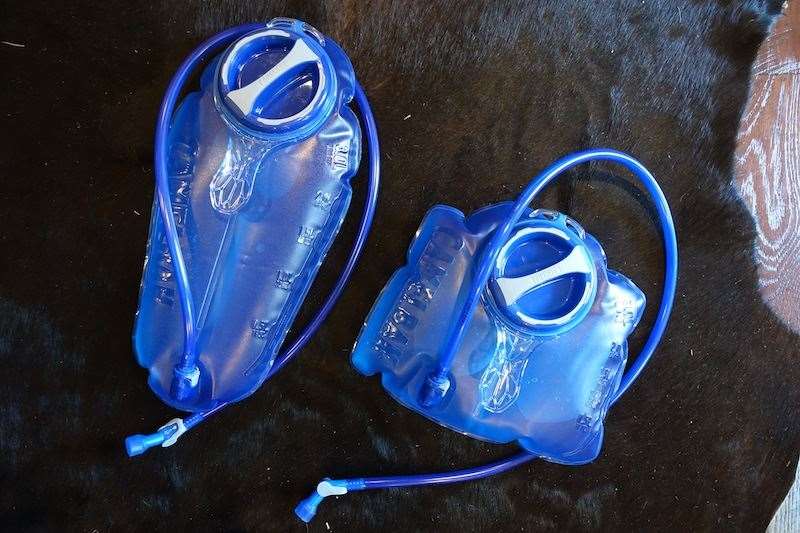 The new Crux Reservoir will be available separately to existing Camelbak users, and those with other branded packs that simply prefer the Camelbak bladder design
The new Crux Reservoir will be available separately to existing Camelbak users, and those with other branded packs that simply prefer the Camelbak bladder designWhen I first heard rumours of Camelbaks impending new reservoir design, I was thoroughly intrigued to see what could possibly be improved. Here at AMB, we’ve been very familiar with Camelbak offerings, having recently reviewed the enduro-style KUDU pack and the womens Solstice 10 LR Pack. I was also reporting from PressCamp last year, when Camelbak introduced the brand new Skyline 10 LR pack, which is hands-down the best mountain bike backpack I have ever used. The previous Antidote bladder offered a lot of brilliant features, such as the shut-off valve to stop it from accidentally leaking if the pack got squished underneath your bike gear while in the back of the car. As good as the bladder was however, after listening to athlete and consumer feedback and spending countless hours at demo events around the US, Camelbak decided they could go one better.
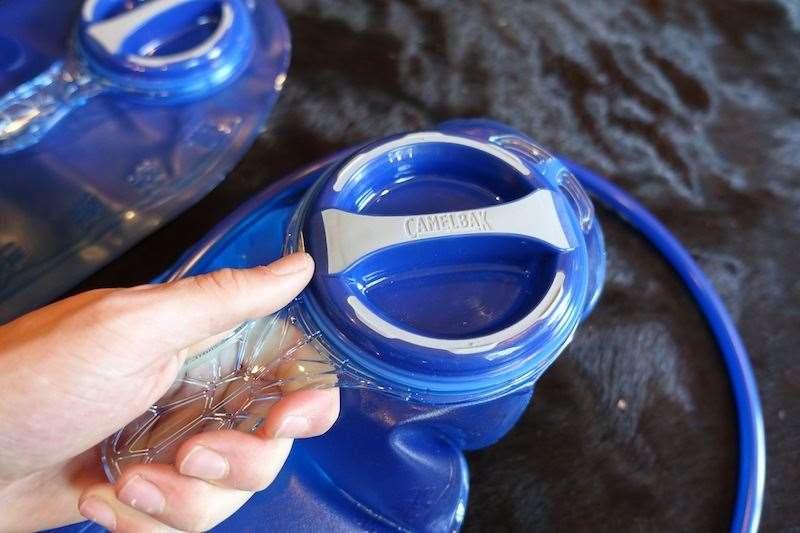
Firstly, much of the good stuff carries over. That includes the super-tough polyurethane construction, the anti-microbial technology that stops your reservoir from turning into a petri dish, and internal baffles that help the bladder to retain its shape whether it’s at 20% or 100% capacity. One thing that has changed however, is the new longer pan handle at the lid, which makes topping up with water that much easier. The quick-close lid is still leak-proof, but it flips open upwards to make things a lot less awkward, and it requires a very small rotation to lock down.
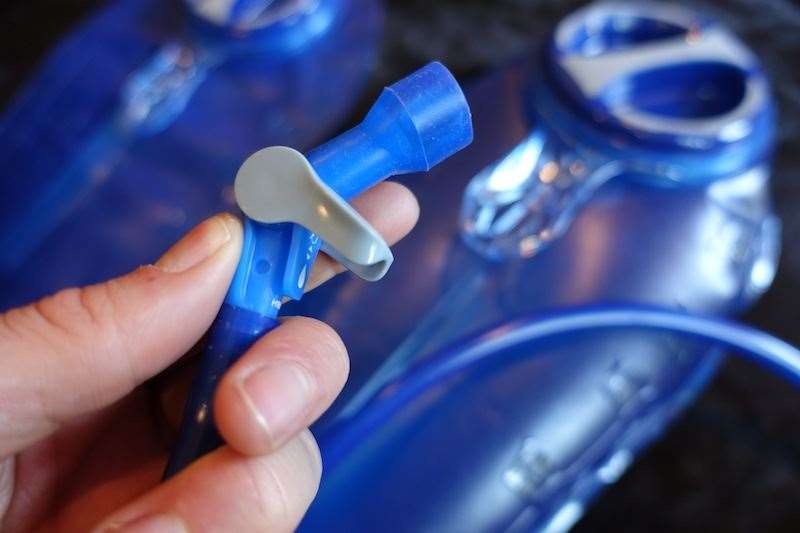

The soft bite-valve remains, and it’s still the best on the market by far. However, Camelbak have changed the on/off valve to a more ergonomic style that can be operated with one hand. The previous design used a yellow lever that you had to twist in order to lock it, and it turns out that many riders out there didn’t actually know what it did. Now, a simple lever flips up to lock the valve, or down to open the valve. Plus, there’s a neat little logo, so even the thickest of riders should realise what it does. No more reaching your destination to find your 3 litres of water has flooded over the back seat in the car!
Another aspect that has changed on the new Crux reservoir is the diameter of the tubing. An increase in the internal diameter means that riders can now access more water per sip. Or alternatively, you can access the same volume of water per sip with less effort. Seems like a simple idea, but it makes a big difference to getting more water into you whilst out on the trails. Camelbak spent considerable time testing the new Crux bladder and high-volume drink tubes with their athletes such as Mark Weir, and the feedback showed that they were all drinking more water on each ride thanks to the improved flow. Simple, but very effective.
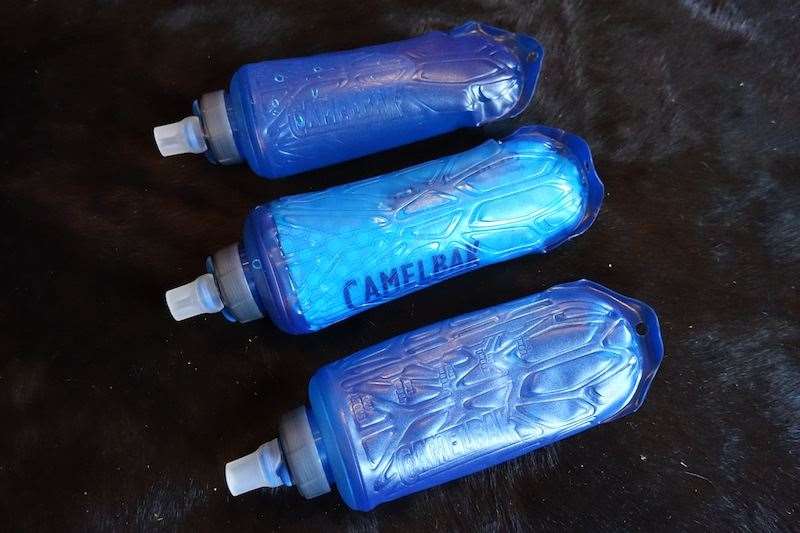
Whilst not specifically for mountain bikers, Camelbak has a nifty new drink bottle that is a hybrid between a regular bottle and a hydration bladder, which they call the ‘Quick Stow’. It uses a flexible bladder-like pocket that can be filled with up to 500ml of fluids, and the lid is carried over from their brilliant Podium bottle range. This includes the on/off twist dial, and the soft bite valve. It’s unconfirmed whether we’ll see the Quick Stow Bottle coming to Australia, but it could make a great addition to your pack or jersey pocket if you’re facing a particularly hot day in the saddle.
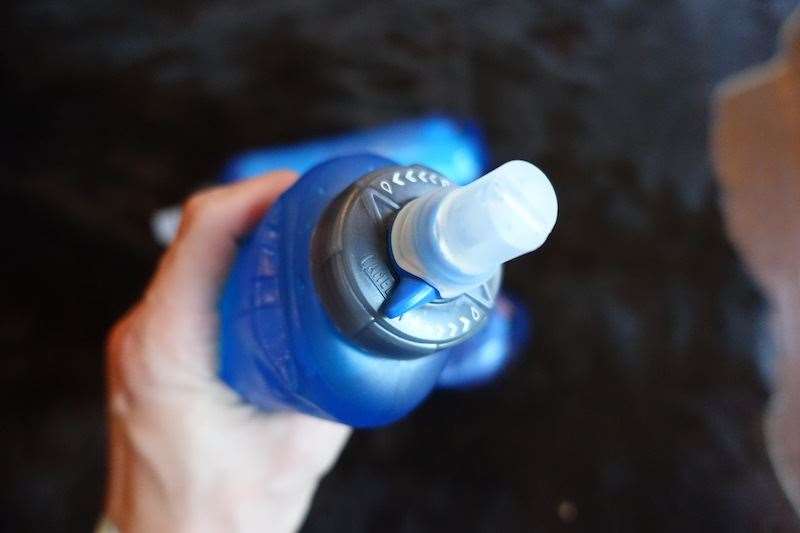
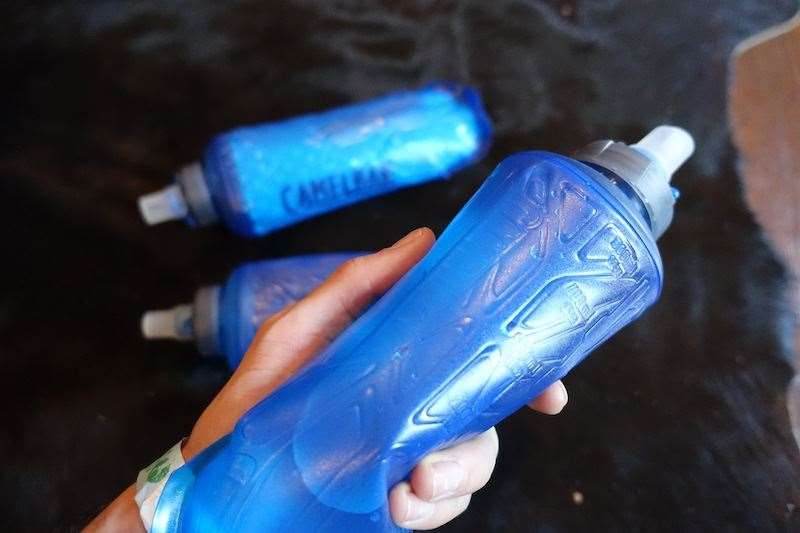
The Quick Stow is flexible, so when it’s not filled with water you can roll it up for easy storage. Camelbak will offer a standard Quick Stow, and an insulated Quick Stow Chill that will help keep the water colder for longer. It’s constructed from the same polyurethane as the bladders, so it’s super tough.
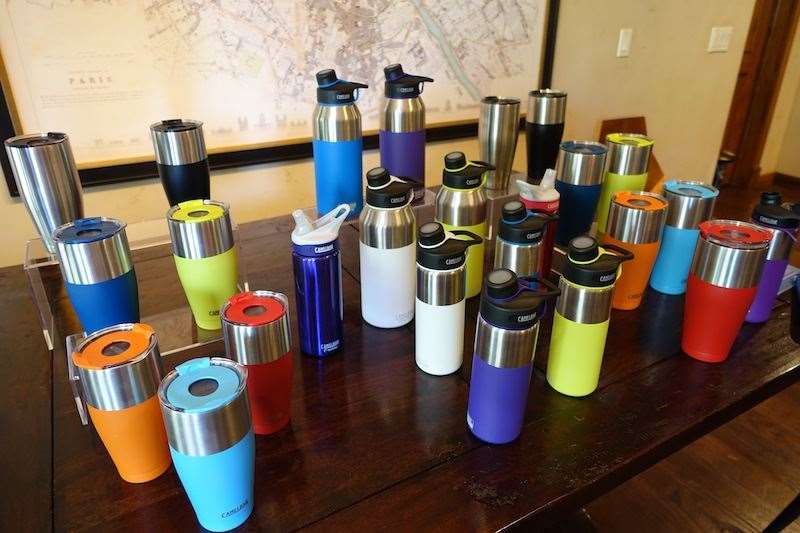
Camelbak already offer a line of sports bottles and flasks, but that range is set to expand in 2017 with more options for hydrating off the bike. All of their Chute cups are made from high grade stainless steel and feature a vacuum sealed design that makes them highly thermal efficient. That means your coffee stays hotter for longer, and your beer stays chilled for longer. Like a Keep Cup, it’s a great little product that can help you to avoid collecting empty plastic cups and beer bottles in your car.
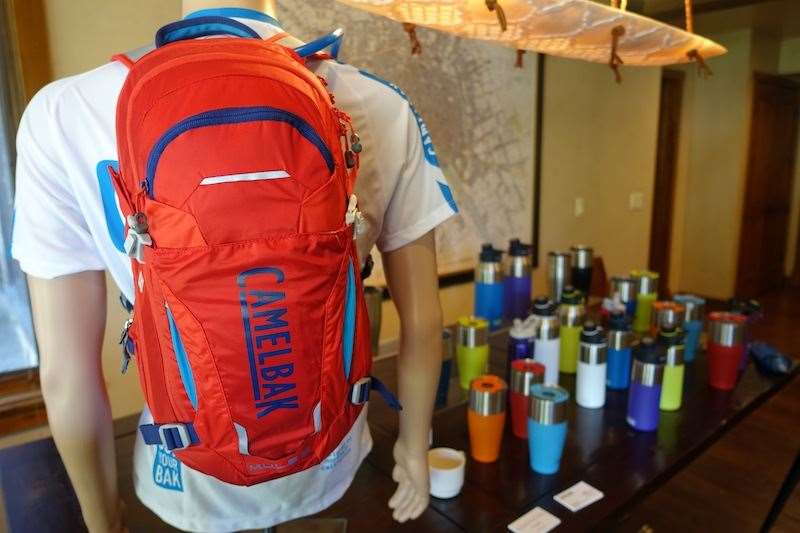
But while the new bladders and drink bottles are all well and good, it was the new Mule LR backpack that had most people talking at PressCamp. Why? Because the new Mule LR stands as the biggest redesign of any Mule pack in Camelbak’s history. And when it’s the most popular product they sell worldwide, you know they can’t bugger it up! Standing for “Low Rider”, the Mule is the latest pack to employ the new Lumbar reservoir, which takes on a shorter and fatter shape, rather than the traditional vertical sausage-style bladder. Camelbak still make both bladders, but in talking with them at PressCamp, it’s clear that they believe the future is with the LR reservoir, which helps to significantly lower the packs overall centre of gravity on the riders back.

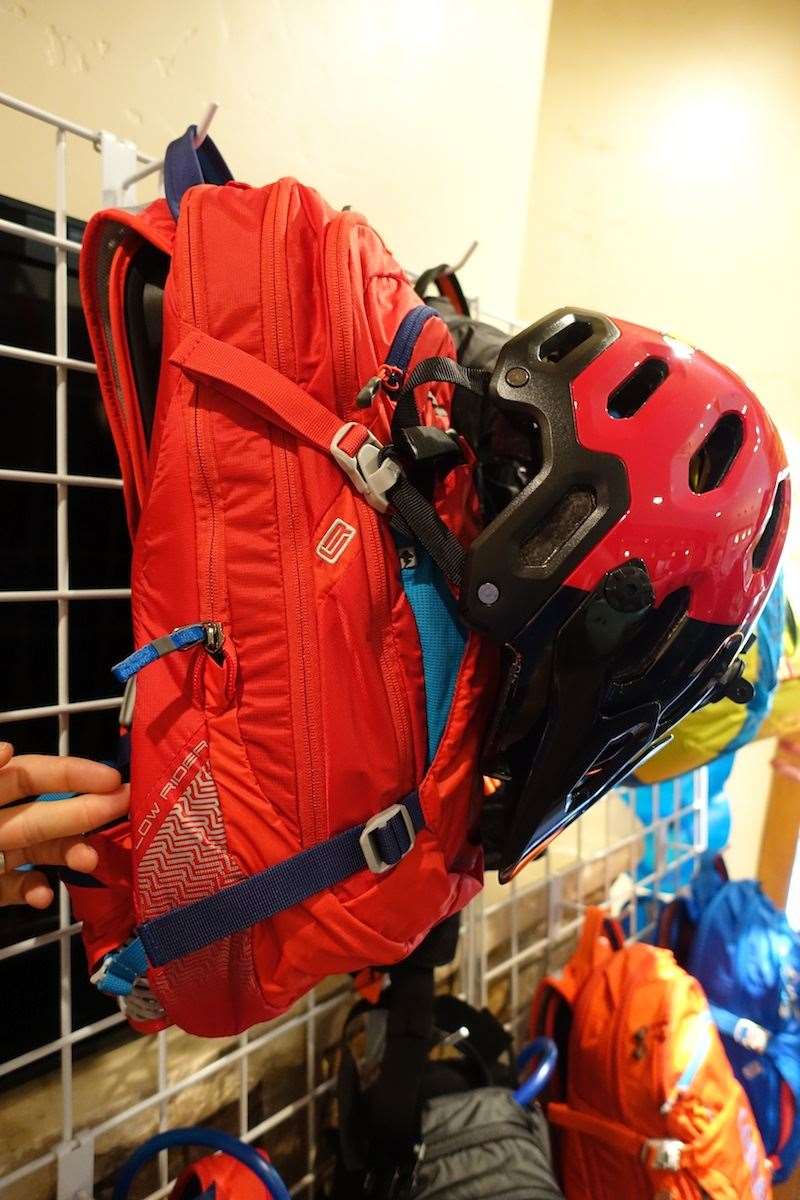
Due to the change to the shorter and wider Lumbar Reservoir, Camelbak used the opportunity to redesign the entire pack.There are definitely some design cues brought over from the latest Skyline pack, and that’s a good thing. The Mule is now lighter at 800 grams, and it uses wider profile waist straps to help support the weight over the riders hips. It also features compression straps to help squish the pack down when you’re carrying less gear, and that helps to stop the pack contents from bouncing around. You can carry an XC/trail helmet on the back of the pack via the elegantly simple strap hooks, which are now integrated into the upper compression buckles for a very neat look.
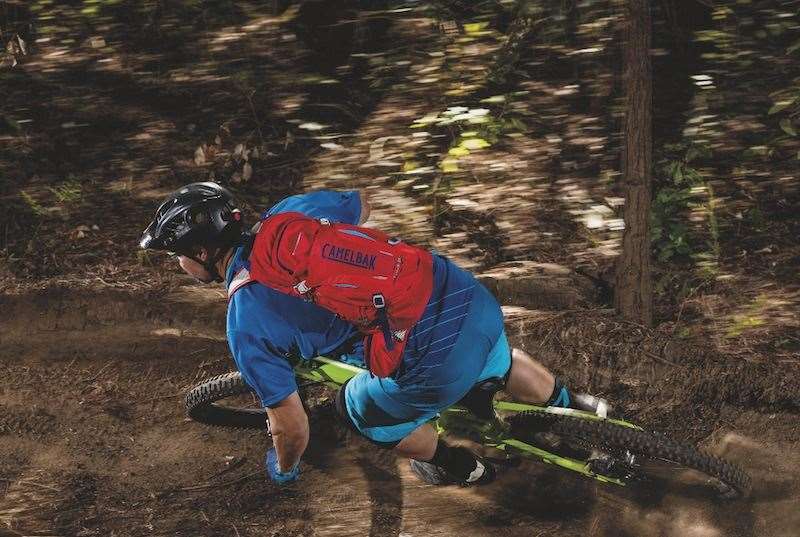
The Mule LR hydration pack features:
- Total Volume: 15 litres
- Cargo Volume: 12 litres
- Reservoir: 3 litre Crux Bladder
- Fabric: 100D Robic Nylon / 210D Nylon
- Airfoil Back Panel
- Stabilising Load-Bearing Waist Belt
- Dual-Reservoir Compression Straps
- Included Tool Roll
- Soft-Lined Media/Phone Pocket
- Zippered Storage Waist Belt Compartments
- Magnetic Tube Trap
- Helmet Carry
- Rain Cover

In addition to the Mule LR, Camelbak have also updated the women’s specific LUXE LR14 pack, which takes on the same design elements as the new Mule. There’s also a lighter and more streamlined HAWG, which also gets the Lumbar Reservoir and a redesigned harness to make it a more comfortable pack for those who need to carry a lot of gear on an all-day or overnight riding mission.
With lots of positive updates, it looks like Camelbak will have its strongest range of products for 2017. Availability and pricing is still yet to be confirmed for the Aussie market, though stay tuned for updates as we get them. In the meantime, get in touch with Jet Black Products for information on the current Camelbak range and to find your nearest dealer.
